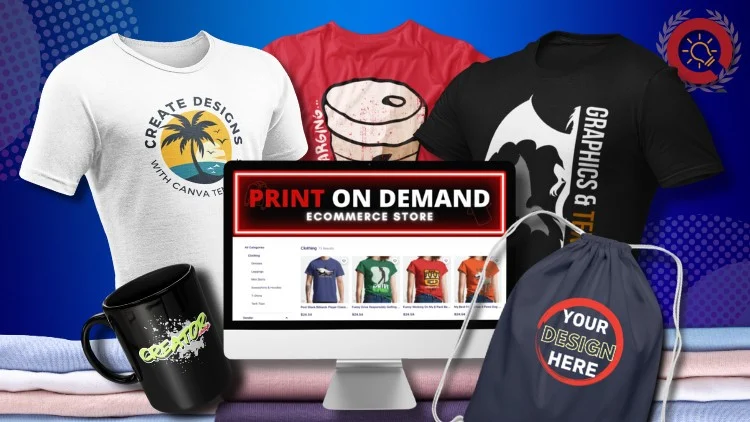Introduction
In the modern world, a T-shirt isn’t just something you wear—it’s a statement. Whether it’s for a sports team, a small business, a charity event, or simply for personal style, custom shirt printing turns a basic garment into a wearable message. The demand for custom designs has grown rapidly thanks to e-commerce, print-on-demand services, and the rise of personal branding.
Understanding Shirt Custom Printing
Custom shirt printing is the process of applying personalized designs—such as logos, text, or artwork—onto blank shirts. This can be done using a variety of techniques, each with its own advantages. The choice of method depends on budget, design complexity, fabric type, and intended use.
Popular Printing Methods
1. Screen Printing
Screen printing is a traditional technique where ink is pressed through a mesh stencil onto the fabric.
Pros: Durable, vibrant colors, great for bulk orders.
Cons: Requires setup time, less cost-effective for small batches.
2. Heat Transfer Printing
This involves transferring designs onto a shirt using heat and pressure.
Pros: Ideal for detailed, colorful designs; works for small quantities.
Cons: May fade faster with repeated washing compared to screen printing.
3. Direct-to-Garment (DTG) Printing
DTG uses inkjet technology to print directly onto the fabric.
Pros: High detail, unlimited color options, quick turnaround.
Cons: Best on 100% cotton; slower for large bulk orders.
4. Vinyl Printing
Vinyl printing cuts designs from sheets of colored vinyl, which are then heat-pressed onto the shirt.
Pros: Bold, clean finish; great for numbers, names, and text.
Cons: Not ideal for very detailed or photographic designs.
Choosing the Right Fabric
Your fabric choice affects both print quality and comfort. Common options include:
Cotton – Soft, breathable, and works well with most printing methods.
Polyester – Lightweight and quick-drying, ideal for sportswear.
Blends – Offer a balance between durability and softness.
Creative Design Tips
A great shirt design is both visually appealing and meaningful. Here are a few tips:
Keep It Simple: Minimalist designs often stand out more.
Use Contrasting Colors: Ensure text and images pop against the shirt color.
Consider Placement: Center chest, pocket area, and back are classic spots.
Test Before Printing: Print a sample to check colors and sizing.
Custom Printing for Business and Events
shirt custom print isn’t just for personal use—it’s a marketing powerhouse. Businesses use branded shirts for staff uniforms, giveaways, and merchandise. Events like concerts, marathons, and fundraisers use them as souvenirs and promotional tools.
Sustainability in Shirt Printing
Eco-conscious consumers are pushing for sustainable printing practices. This includes:
Using organic cotton or recycled fabrics.
Opting for water-based inks instead of plastisol.
Choosing local printers to reduce carbon footprint.
Conclusion: Wearing Your Story
Custom shirt printing blends art, technology, and personal expression. Whether you’re launching a brand, promoting an event, or just creating something for yourself, a printed shirt is more than fabric—it’s a canvas you can wear.

